THE NEAL ADAMS CHRONICLES: A series of vignettes about the late Wrightson and how his career intersected with Adams’…
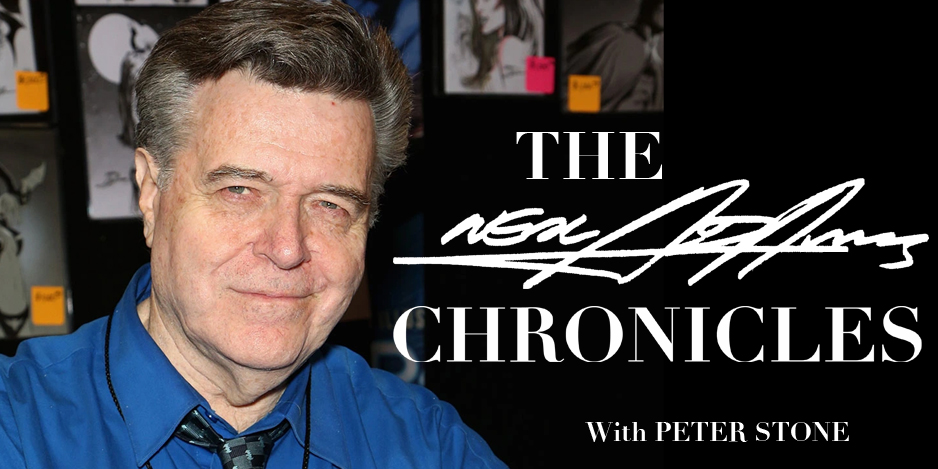
By PETER STONE
The late Bernie Wrightson — born 75 years ago on Oct. 27, 1948 — was a spectacular painter and artist who provided the comics industry with a great number of classic stories and images. His horror paintings were revolutionary and absolutely striking. I remember walking into a friend’s dorm room at Bard College and seeing, for the first time, Bernie’s painting of a man with an ax leaning exhaustedly on a wooden fence that is interspersed with severed heads. Despite its subject matter, it is a brilliantly painted piece of art. It’s striking, breathtaking, and gruesome. It opened my eyes to the ability and style of a young man named Wrightson.
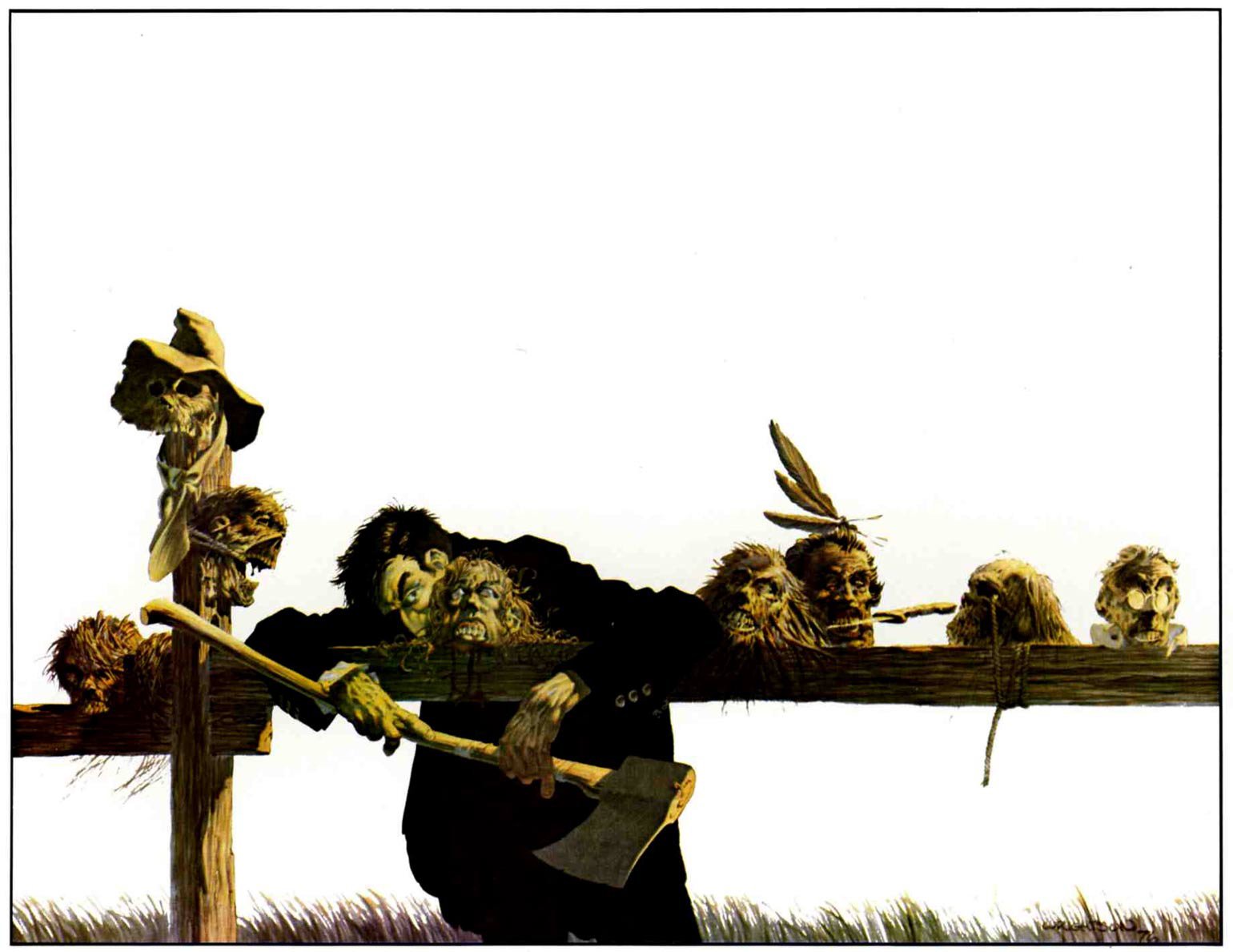
Then I saw his Frankenstein portfolio. Amazing stuff. Sorry, not just amazing, legendary. The best Frankenstein images ever? I would say yes. Neal Adams loved those Frankenstein images. Perhaps based on Charles Dana Gibson and his famous Gibson girls, created and drawn from the 1890s to the beginning of World War I? Perhaps not, but certainly similar.
The Gibson art style featured intensive linework and beautiful women, but Bernie used the approach for something completely different. The Frankenstein portfolio featured much intensive linework and hard-working composition, creating a sense of the 1890s but also a sense of the solidity of the 1980s. Frankenstein was a timeless novel, whether you viewed it as a metaphor for the patriarchy or enlightenment or the even the French Revolution. It was a classic that Bernie Wrightson added to. Comics fans, or even fans of literature viewed his work as enlightened. Dr. Frankenstein was thin, gaunt and tortured while the Monster was eminently human and desperate to avenge his very creation on his “father.”
***
However, that was years after he had worked with Neal Adams on two of his Green Lantern/Green Arrow issues. They were #82 and #84 and his work is loved by many fans. Some even love Bernie’s inking on Neal over the legendary Dick Giordano. Bernie’s work was organic and human, drawing out the emotion of every panel to the very best of his ability. Bernie was young at the time, struggling to become what he eventually became – an artist who transcended the medium. Neal said that he enjoyed Bernie as a person and as an artist, but that they were different in their approach to the medium. Everything Neal did was directed at being a commercial artist so he could continue to get more work. This is telling when you realize Neal’s favorite artists were Norman Rockwell and Alphonse Mucha.
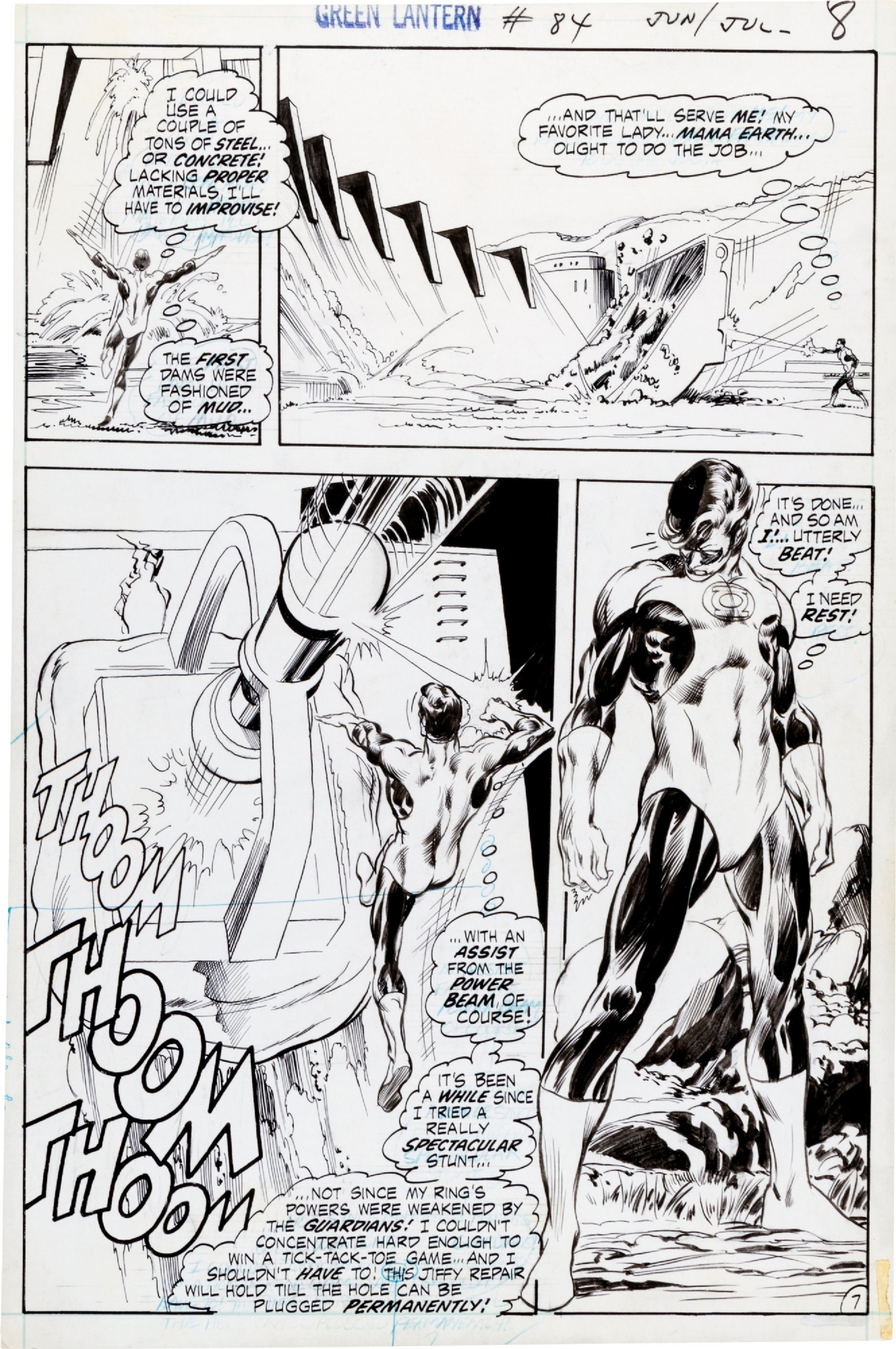
But Neal watched the young man grow. He recognized that Bernie was not a Green Lantern/Green Arrow kind of artist. He was searching for his own voice, his own style. There was no reason to follow Neal slavishly. He had a different appeal and a different goal.
Years later, Neal viewed the first of three Frankenstein portfolios as the culmination of a growing artist’s ability. There were many moments when Neal would say that Bernie completely understood what Gibson was trying to do. In the early ’90s, he told me repeatedly that I should definitely buy the upcoming Berni Wrightson: A Look Back book. At the time, fans knew who Bernie was but a collection of his work was hard to find. A Look Back featured many of his amazing paintings as well as his comics stories — including (*gasp* Good Lord!) SWAMP THING!

Created in 1971 by Len Wein and Bernie, Swamp Thing became a classic in comic-book horror. The initial cover alone is a classic image. You can immediately tell how old someone is by asking a simple question: “Who did the best Swamp Thing?” Many younger (and I mean fans in their early 50s these days) will immediately say “Why, Alan Moore and Steve Bissette and John Totleben, of course.” Add five years and every fan will say “Len Wein and Bernie Wrightson! No doubt!”
Bernie gave us (maybe) the first and best swamp monster, driven by love and tortured by his nightmarish physicality. More than a decade later, Alan Moore created a new vision of the character. Instead of being a mutated man, now the Swamp Thing was a plant that “thought” it was a human. The debate concerning whose vision is best will last for another 100 years. Bernie gave us a classic MONSTER.
***
Then, there was the Studio. It was a loft in Manhattan where a group of young artists would unleash their creativity and pursue projects outside the comic book mainstream. Bernie worked there with Jeff Jones, Michael Kaluta and Barry Windsor-Smith. It was a moment of artistic brilliance fueled by four up-and-coming artistic legends. Jones created one of the only paintings Neal Adams would have bought. That’s how much he loved it. In fact, he kept a giclee of that piece of a sensual nude woman lying on marble for decades. I saw him on several occasions lost in the ability of that tortured soul.
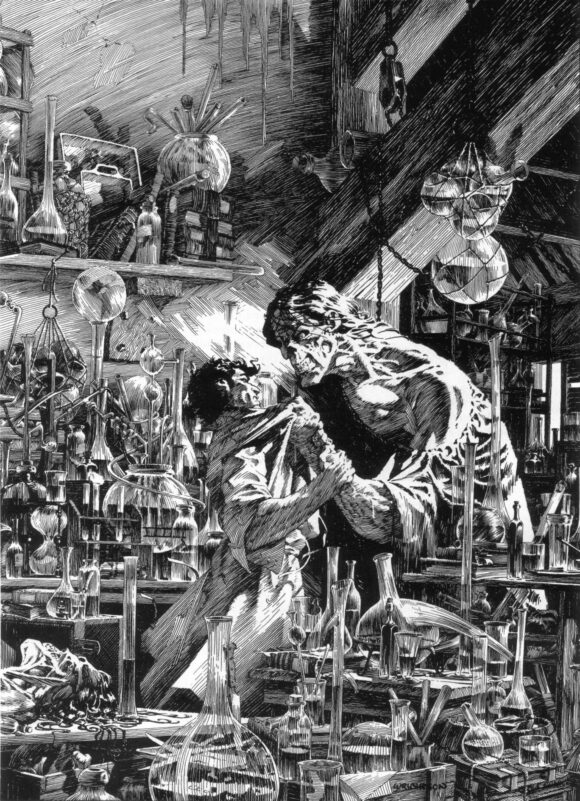
Frankenstein
During that time in the Studio (as I understand it) Bernie created the beginnings of the Frankenstein portfolios as a precursor to a complete publication. The final version, with nearly 50 illustrations, was printed by Marvel in 1983, accompanied by the complete text of Mary Shelley’s original novel. Many unused images are available online, although Apple Press published a collection called The Lost Frankenstein Pages, which contained sketches and studies by Wrightson. It may have influenced movie directors or others, but it stands alone as one of the greatest collection of Frankenstein images ever.
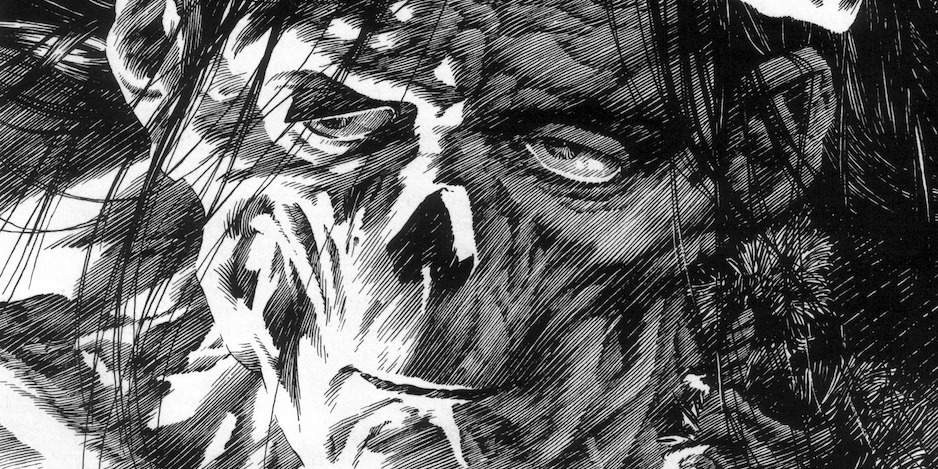
Frankenstein
“I’ve always had a thing for Frankenstein, and it was a labor of love,” Bernie said in Dark Horse’s 2008 edition of Frankenstein, which reprinted the Marvel publication.”It was not an assignment, it was not a job. I would do the drawings in between paying gigs, when I had enough to be caught up with bills and groceries and what-not. I would take three days here, a week there, to work on the Frankenstein volume. It took about seven years.”
Neal enjoyed Bernie’s work so much that he helped sell Freak Show to European Publishers. It was a graphic novel obviously inspired by the classic 1932 movie Freaks, which featured a collection of physically challenged people in a circus sideshow. Based on Neal’s philosophy about owning your own work, Bruce Jones and Bernie owned it completely. When Neal returned from Europe, Freak Show was licensed to Heavy Metal and it appeared in the magazine.
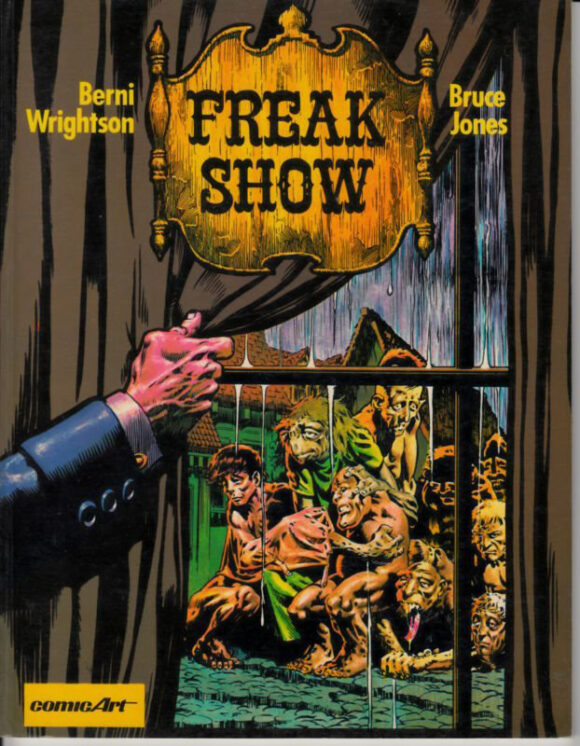
Freak Show has been combined into a graphic novel and has been printed multiple times in various formats and through various publishers. As a reader, I highly recommend finding a version of this story. It’s a horrifying and wonderful piece of writing and art. You can easily see why Guillermo Del Toro says Bernie is one of his favorite artists and inspirations.
***
My own personal story of Bernie Wrightson is short, but it’s funny as all get out. At least I think it is. When Continuity Comics was in the midst of publishing, we (my future wife, Kris, and I) made friends with people from various companies. DC, Eclipse, Comico and Marvel. At the time a young man named Lou Banks was working under Carol Kalish in direct sales marketing and we had become friends. He invited us to a business dinner where I met Robert Loren Fleming, Todd McFarlane (back when he was drawing Spider-Man) and Bernie Wrightson. I could not believe that across the table was the living legend of horror, Bernie Wrightson.
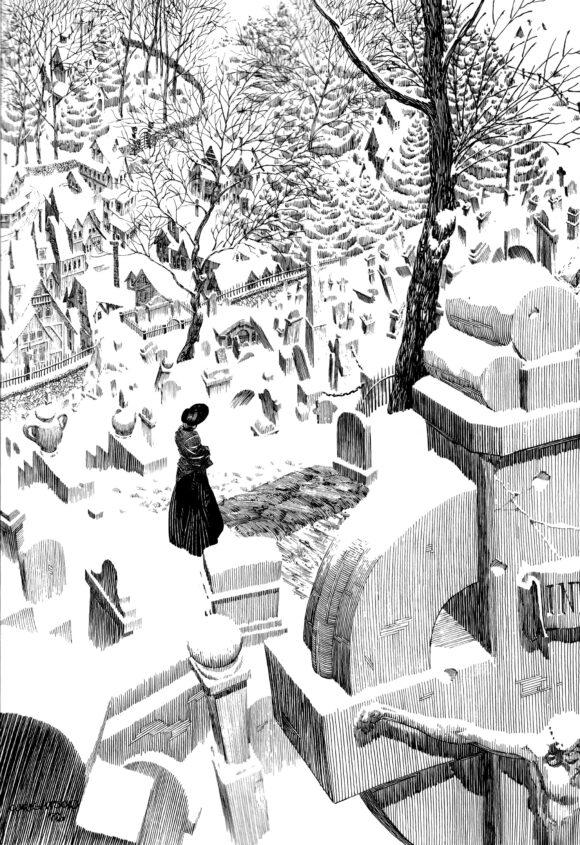
Frankenstein
Luckily, after a few moments, I realized that not only was he a normal guy… he was really, frickin’ normal. He was drawing the Punisher for Marvel and was very concerned about how it might possibly affect his kids. He said he had a studio out behind the main house where he worked, but he had to lock the doors when he was using toy guns for reference. He didn’t want his kids to see these guns and be affected by the violence they brought to the world. I remember hearing Todd’s voice angrily saying that he only wanted to draw Spider-Man, not anything else.
“Why can’t they leave me alone? I don’t want to draw the X-Men,” he said. Fleming was upset that Trevor Von Eeden had left Thriller and he had to work with Alex Nino. (I would have cut three of my fingers off to work with Alex Nino and Trevor was extremely talented.) But I was overwhelmed that the same man who drew severed heads, mass murderers and muck monsters was worried about his kids seeing toy guns. What dimension had I wandered into?
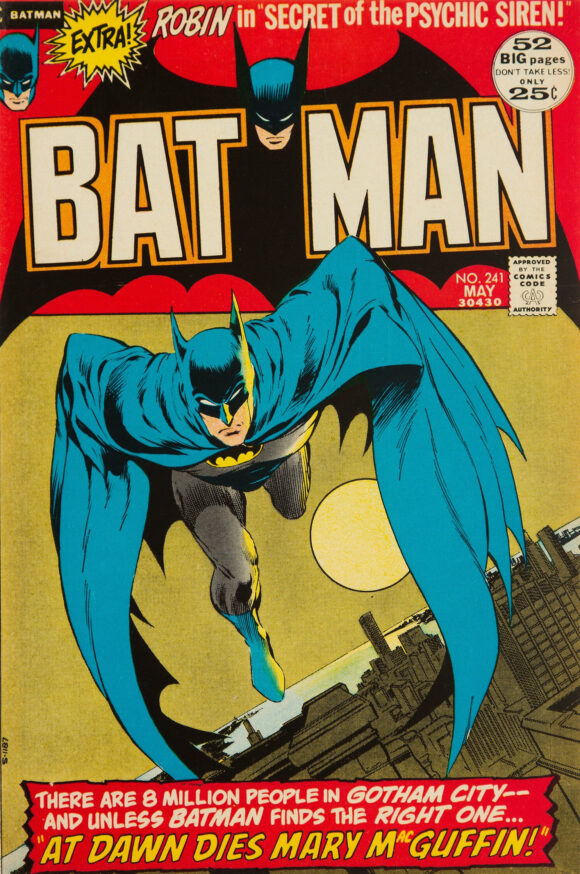
Adams pencils, Wrightson inks
Bernie also looked neat, clean and professional. He spoke well and didn’t ask for a bowl of living rats that he could stab to death with his fork before consuming them with his vampire teeth. No. Bernie was a genuine man, a good father and a professional. I was stunned but also in awe of his normalcy. He shook my hand like a regular guy, not crushing or weak, when we parted. I have so much respect for Bernie and I know Neal never had a bad thing to say about him.
Unfortunately, Bernie Wrightson left us in 2017. His art will forever remain because he was the best at what he did. His Frankenstein is amazing. Freak Show should be in print all the time. His Swamp Thing allowed Alan Moore a door to enter American comics. He worked in movies, designed for Galaxy Quest, Spider-Man and The Mist among many other movies, and continued to co-create comics like Batman: The Cult, The Weird and Punisher P.O.V.
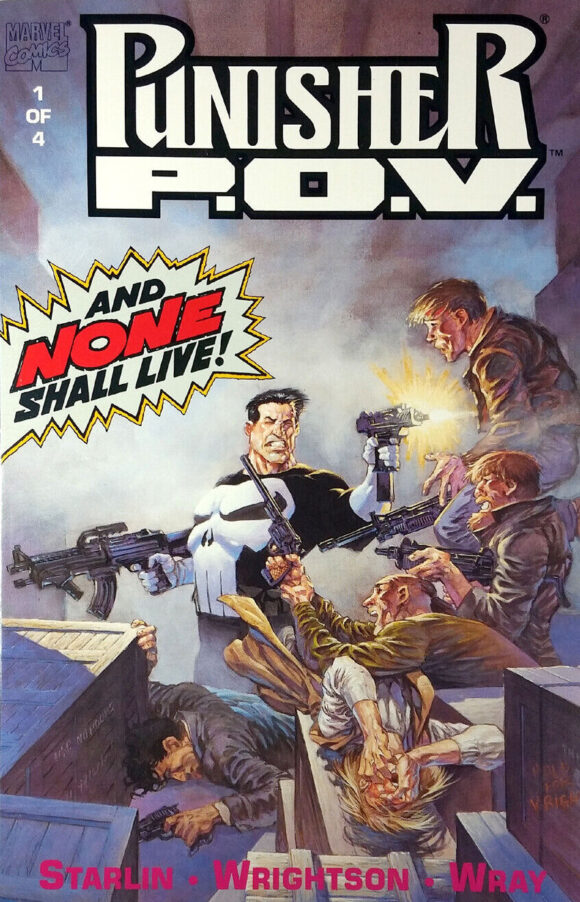
Bernie Wrightson was one of my personal heroes… and a comic legend. Neal and I talked about his inking on Green Lantern/Green Arrow and that was another of my learning moments. Neal loved Bernie’s inking, but saw that he was destined for more, something that wasn’t really superheroes. It was a future filled with Freaks, Monsters and mutated creatures. I haven’t seen anyone who truly understands the melding of humanity and the monster better than Bernie.
I miss his work and wish I could talk to him more. I wish he could keep drawing, but maybe he’s sitting next to Adams and Kirby, laughing and drawing issues of Swamp Thing.
Then again, I miss Neal and Jack too.
—
MORE
— COMIC BOOK DEATH MATCH: Swamp Thing vs. Man-Thing. Click here.
— 13 SPLASH PAGES: A BERNIE WRIGHTSON Birthday Celebration. Click here.
—
Peter Stone is a writer and son-in-law of the late Neal Adams. Be sure to check out the family’s twice-weekly online Facebook auctions, as well as the NealAdamsStore.com, and their Burbank, California, comics shop Crusty Bunkers Comics and Toys.

October 27, 2023
Bernie’s horror art is something to behold, with all the sinews, veins, wrinkles in clothing all making it real, but an inker’s nightmare, I might guess. You can spend hours following the details in a page, cover, splash page. Rest in Peace.